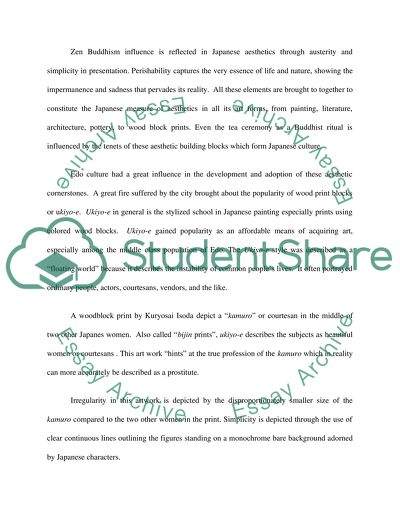Cite this document
(“How was picture production affected by the rise of the city of Edo Essay”, n.d.)
How was picture production affected by the rise of the city of Edo Essay. Retrieved from https://studentshare.org/miscellaneous/1536686-how-was-picture-production-affected-by-the-rise-of-the-city-of-edo
How was picture production affected by the rise of the city of Edo Essay. Retrieved from https://studentshare.org/miscellaneous/1536686-how-was-picture-production-affected-by-the-rise-of-the-city-of-edo
(How Was Picture Production Affected by the Rise of the City of Edo Essay)
How Was Picture Production Affected by the Rise of the City of Edo Essay. https://studentshare.org/miscellaneous/1536686-how-was-picture-production-affected-by-the-rise-of-the-city-of-edo.
How Was Picture Production Affected by the Rise of the City of Edo Essay. https://studentshare.org/miscellaneous/1536686-how-was-picture-production-affected-by-the-rise-of-the-city-of-edo.
“How Was Picture Production Affected by the Rise of the City of Edo Essay”, n.d. https://studentshare.org/miscellaneous/1536686-how-was-picture-production-affected-by-the-rise-of-the-city-of-edo.


